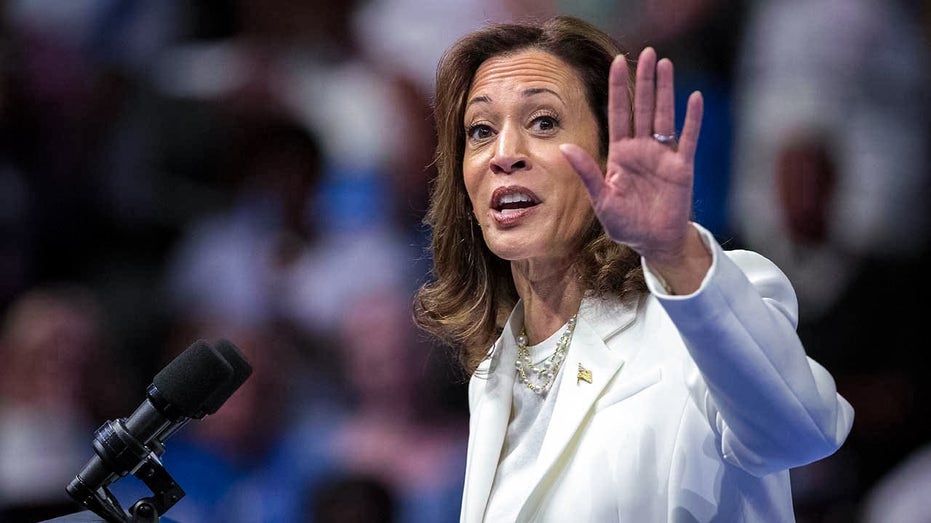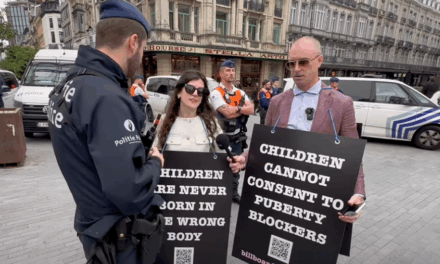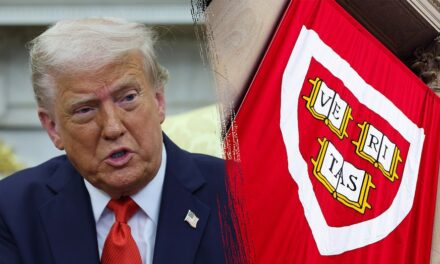As of late October, it has been 77 days since Kamala Harris was formally announced as the Democratic vice-presidential nominee, and during this period, she has yet to hold a formal press conference. This absence of formal interaction with the press has raised questions and drawn criticism from some political commentators and opponents of the Democratic ticket.
Since her nomination, Harris has participated in numerous interviews and media appearances. However, these have typically been controlled environments, often involving one-on-one interviews where she does not face a room full of reporters who can ask a wide range of questions. This strategy stands in contrast to the traditional campaign approach where direct press engagements are standard fare for candidates on the national stage.
Harris’s campaign has indicated that the global pandemic and the need to adhere to health precautions have played a role in the way they have structured campaign events and interactions with the media. The pandemic has indeed transformed many aspects of political campaigning in 2020, pushing many activities to virtual platforms and limiting in-person gatherings.
Despite the explanations offered by her campaign, some journalists and media observers argue that a more open engagement with the press is necessary for transparency and accountability, especially for someone pursuing one of the highest offices in the land. Press conferences, where diverse questions can be asked by a range of media outlets, are considered an essential aspect of this transparency.
Critics have suggested that the absence of press conferences might be a strategic decision to minimize potential pitfalls or missteps that could occur in a less controlled setting. It is a common tactic for campaigns to limit exposure to situations that might create opportunities for controversy or negative headlines.
Supporters of Harris have countered these criticisms, pointing to her extensive public service record as evidence of her ability to handle scrutiny and engage with tough questions. They argue that the controlled media appearances allow her to communicate her message more clearly and avoid the distractions that often come with contentious press exchanges.
As the election draws closer, it remains to be seen whether Harris will change course and opt for a more traditional interaction with the press. With voter interest in accessing transparent and unscripted candidate responses at an all-time high, the discussions around this topic are likely to continue as the campaign progresses.
In the meantime, the media environment continues to evolve, adapting to the constraints and opportunities brought forth by the pandemic, affecting the traditional norms of campaigning and interaction between candidates and the press.
































